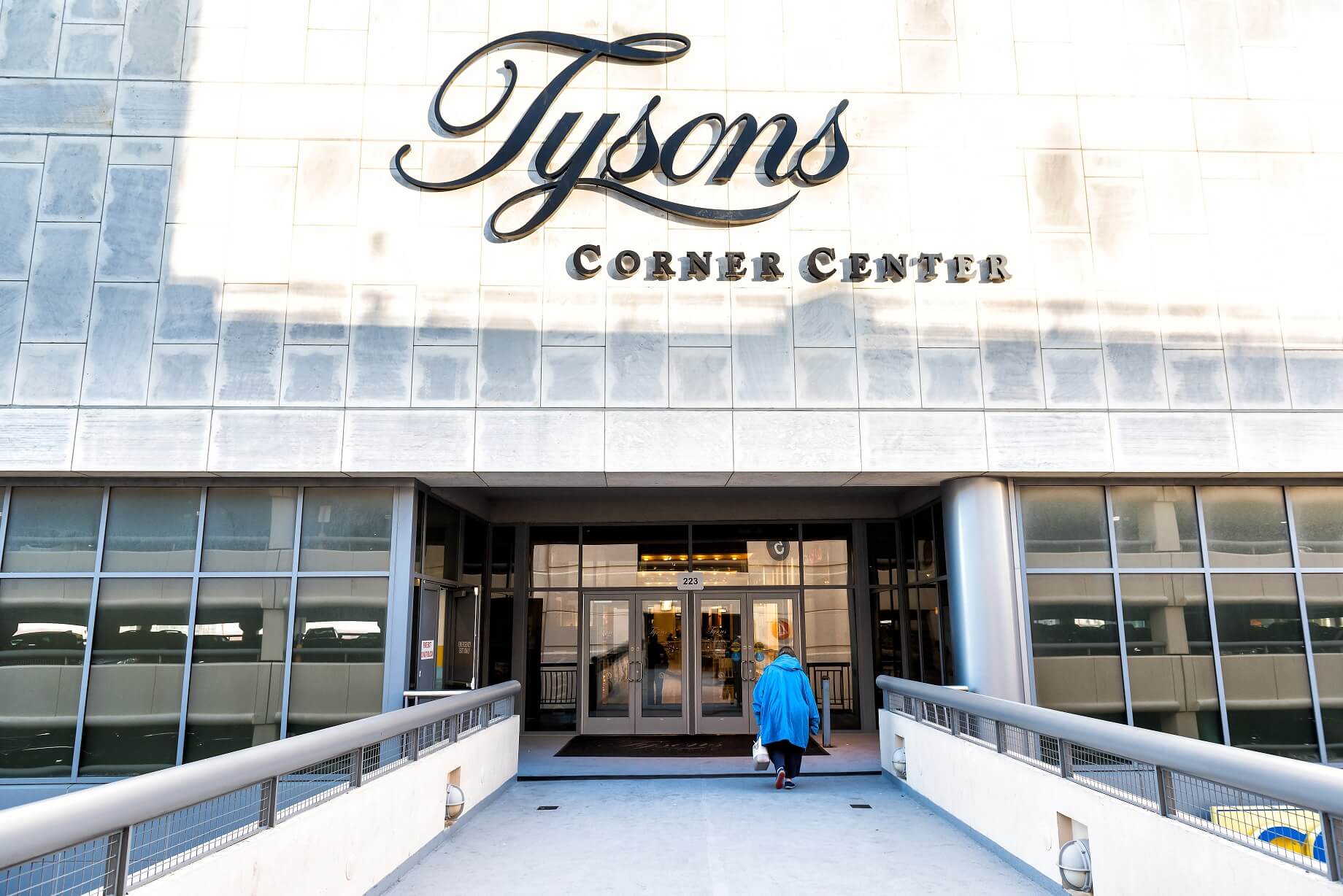By Frank Dillow
As the calendar marches from summer into autumn, retailers’ attention turns to their all-important holiday shopping season, which accounts for 20-40% of annual sales according to the National Retail Federation.

This year retailers, shoppers and commercial Realtors® should all expect continued turmoil and change in the market. Like so many other things in our daily lives, the COVID-19 pandemic has drastically altered shoppers’ behavior and changed the very nature of retailing and the holiday shopping season.
Traditionally the blockbuster holiday season began the day after Thanksgiving, known as “Black Friday,” when retailers offered deep discounts and swarms of shoppers descended on their favorite stores. But in recent years shoppers began shifting to more online sales –a trend that was heightened during the pandemic. Foot traffic, especially in traditional malls, fell by roughly 50% in 2020, as many retailers sought to keep customers while minimizing the number of people in their stores.
At the same time, online retailers recorded record breaking sales, according to the U.S. Department of Commerce. Increased volume caused problems as websites jammed and package deliveries stalled. This year online retailers will be encouraging shoppers to begin their holiday buying in early October to reduce congestion and stretch the holiday buying season over an additional two months.
Already holiday decorations and music are appearing. But as the Delta variant continues to prolong the pandemic impact, major retailers like Walmart and Target have already announced that they will be closed on Thanksgiving Day. Macy’s and Nordstrom will substitute interactive virtual holiday cheer and video calls to Santaland for the kids.
Retailers large and small are quickly revising their business plans to accommodate the new reality of customer reluctance, employee and supply shortages, increased costs, and global delivery problems. For individual retailers, customer demand requires a more integrated approach for the entire “online to in-store” shopping experience with the underlying technologies being largely transparent to the shoppers. A new world has slowly evolved with retailers providing shoppers with improved services such as personal shoppers, outdoor shopping, curbside pickup, home delivery and expedited return policies.
Shopping malls have been especially creative in changing the way they use their space:
- Bloomingdales, once a reliable mall anchor store, has recently opened its first-in-the-nation “Bloomies” store in Northern Virginia’s Mosaic District. The all-new smaller store concept covering roughly 22,000 square feet or about one-tenth the size of their traditional stores, combines personalized high-end shopping enhanced with an available restaurant offering “small bites,” coffee or cocktails
- Landmark Mall is being repurposed into a medical – hospital complex
- Ballston Mall is repurposing its shuttered Macy’s store into a new 16-story building with 555 apartments above a new 41,500 square-foot ground-level grocery store, adding to recent renovations that created more open-air and diversified tenant uses
- Tysons Corner Center plans to demolish the vacant Lord & Taylor department store to create, at least temporarily, a park-like space where shoppers can relax. The facility will also be adding automobile sales in parking areas surrounding the 77.6-acre campus.

Malls are looking at ways to expand their capacity as social hubs with more diversity in tenant uses, from medical and governmental offices to exercise, sports, entertainment, education and cultural or religious offerings. Pop-up retailers operating on a short-term or seasonal basis are also becoming more common.
With reconfigured spaces for dining or shopping, many malls are also looking for new ways to integrate housing, daycare, pet services, distribution centers, farmer’s markets and parks into their mix. Many are adapting a more open-air campus style architecture allowing customers to access individual facilities directly from outdoors and enjoy more of their recreational shopping or entertainment in the open air.
Other retailers are taking a more incremental approach to engage their customers. Target, which has transformed itself from traditional “bricks and mortar” stores into one of the largest online retailers, is expanding its “store-in-store” Disney stores with toys, videos, games and other Disney products. They plan to have 160 Disney stores opened in time for the current holiday season, while also adding 25 new Apple stores by the end of the year. Both will be available for Target’s online shoppers as well.
Existing retail properties have a bright future. Whether they continue to rely on expanded retail uses or are repurposed for multifamily homes, distribution centers, medical facilities or other uses, they will be defined by the diversity of services they provide. Commercial Realtors® will have an essential role in assisting landlords and tenants to become more creative in adapting to future demand. These dramatic shifts reflect the new way that Realtors® must view land use as people choose where and how they want to live, work, shop and play.
Frank Dillow is a past chair of NVAR’s Realtor® Commercial Council, an NVAR instructor, and a senior commercial broker in Long & Foster‘s Commercial Division. He can be reached at francis.dillow@ longandfoster.com.